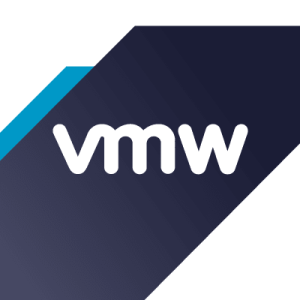What is our primary use case?
We use it mainly to host virtual machines. We have the standard version, so we do VMotion. Sometimes it's easier when you need to do some maintenance on a whole server to be able to move the virtual machine from one host to another, so there is no downtime for the users. For virtual machine management, it's more fluent to dynamically set the resources on the servers, for example, if we need to increase the storage volume on a virtual machine or increase the RAM or adjust the CPU cores. It's easier to handle this on vSphere or any other hypervisor than on bare metal.
What is most valuable?
The VMotion feature is the solution's most valuable aspect. The fact that you can move the load without service interruption to the users is great.
The initial setup is easy.
What needs improvement?
The container management could be improved. It's far from perfect right now.
For how long have I used the solution?
I've been using the solution for the last eight years. It's been a while.
What do I think about the stability of the solution?
The solution is very stable. It's quite mature. There used to be a more pink screen of this in version five, however, since then, since maybe version 5.5 or version six, it's very stable and it's very rare that the application hangs.
What do I think about the scalability of the solution?
The solution should be scalable. However, I've never managed one of the node clusters, so it's hard for me to comment. It's easy from a small cluster to add nodes. How well they behave when you go beyond the 20, 30 nodes, I don't know.
How are customer service and support?
It's been too long since I've contacted them, so I don't have any meaningful comment on this.
How was the initial setup?
The initial setup is not complex at all. It's relatively easy. It's a fairly basic process for pretty much any network administrator.
In terms of deployment, the environment we have is not that big. We have less than 10 physical servers, so we tend to still do it manually instead of automating everything. This will change eventually, however, right now we set up everything manually. In regards to the time it takes to set up a vSphere cluster, you're looking at maybe two hours overall if you include all the hosts and the license configuration and the cluster configuration.
What's my experience with pricing, setup cost, and licensing?
Everything is always too expensive. Of course, they could improve on that side and then probably they will have to. I know they revisited the licensing costs of the user charge. Now they charge per core instead of per socket.
This will make them more expensive than they were and maybe it will make them also less price competitive with some other solution on the market. On a Windows environment, Hyper-V is pretty much free, however, you need to license all the cores anyway if you're going to install any Windows on the physical server. Therefore, when you use Windows servers and virtual machines, you have to pay an additional tax, let's say, for vSphere if you want to use vSphere for the hypervisor. That's something that you don't need to do with Microsoft Hyper-V. Of course, there are other hypervisors that are free - like KVM. On the cost, right now, they pretty much are the most expensive solution Ion the market.
What other advice do I have?
We don't have a business relationship with the product. We're just customers.
If we speak about version five or plus five, I'm pretty knowledgeable about those as I was a network administrator back then. However, version six, version seven, I deal with these versions maybe two times per year, so I'm not very good on them.
Overall, I'd rate them at an eight out of ten, mostly due to the high pricing and container management.
*Disclosure: I am a real user, and this review is based on my own experience and opinions.









